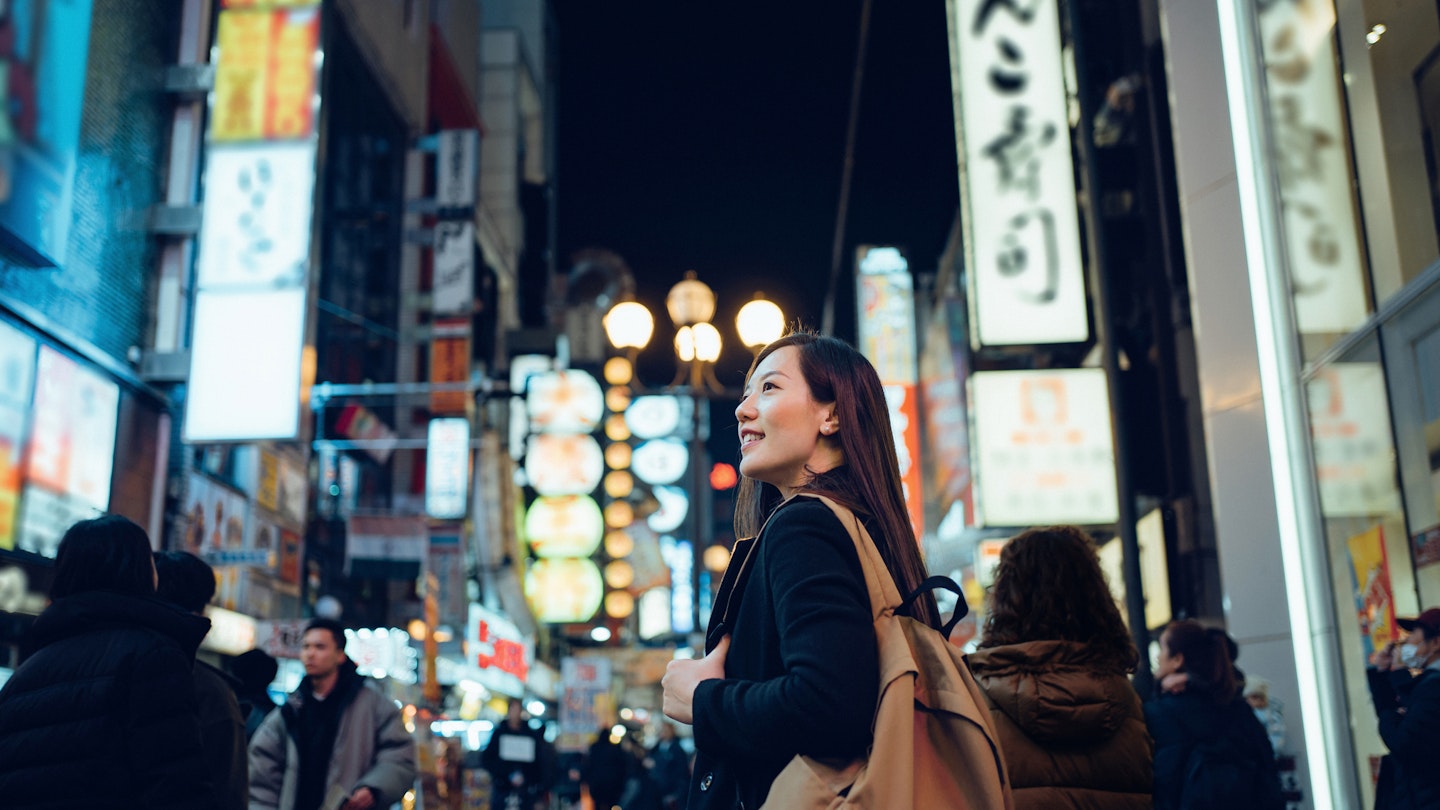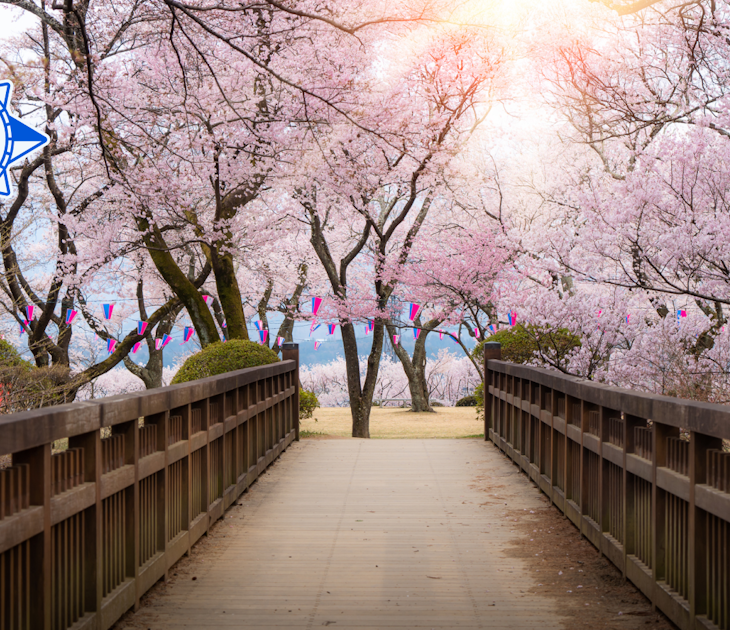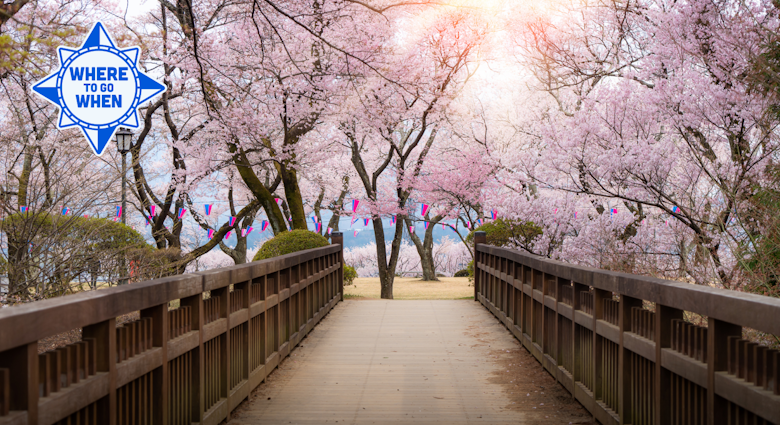With its pulsing, modern cities, beautiful rural landscapes and world-renowned cuisine, Japan is one of the top stops for travelers seeking a fully immersive Asian experience. And there's good news: travelers dreaming of a long-awaited trip to Japan need wait no longer – after establishing some of the world’s strictest border control policies during COVID-19, Japan has opened visa-free travel for visitors from most countries.
Read on for a rundown of Japan’s latest entry requirements, and consult Japan’s Ministry of Foreign Affairs website for the most up-to-date information ahead of your travels.
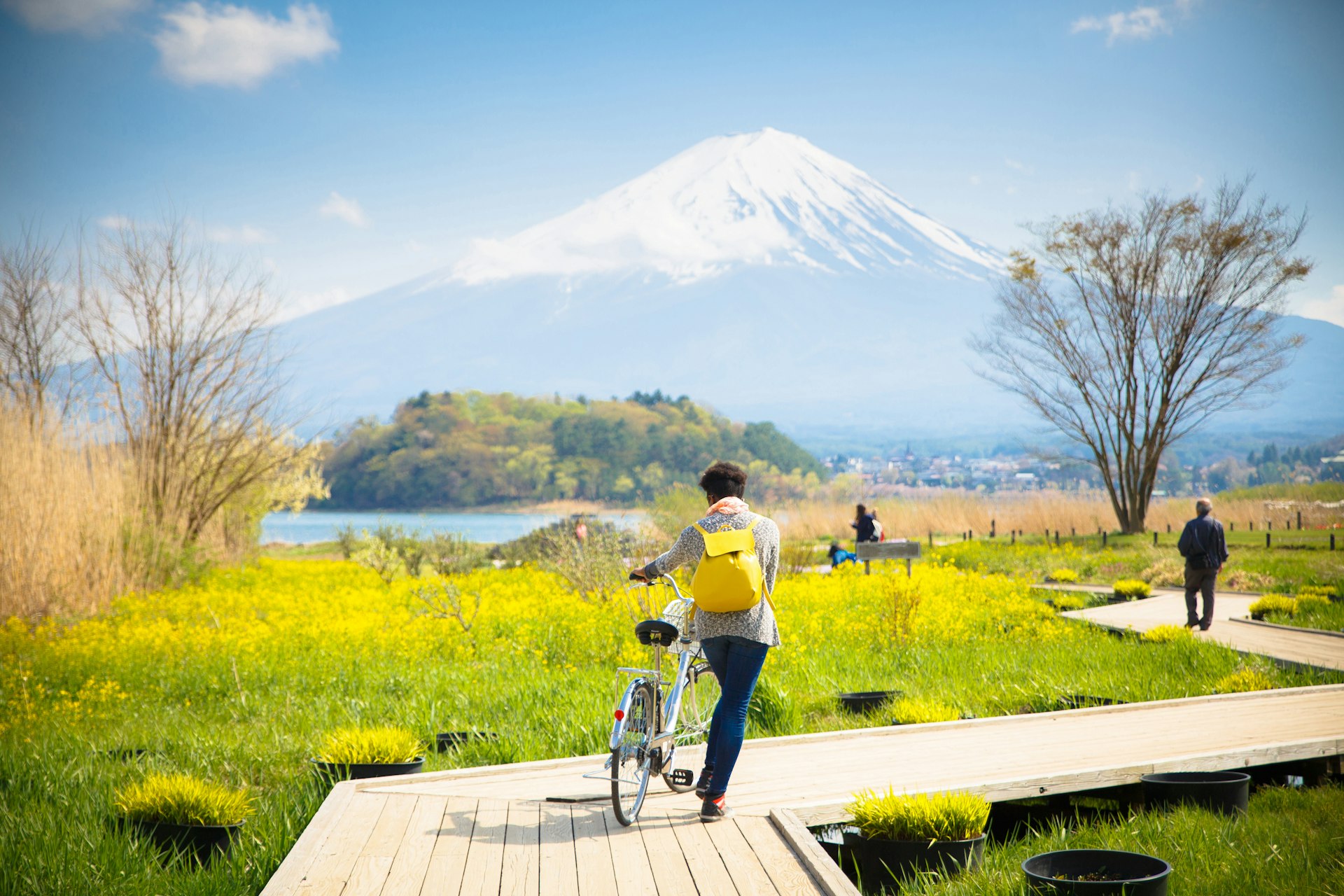
Entry procedures – before you arrive
Ahead of your trip, register at Visit Japan Web, where you can submit your documentation for customs and immigration, and then download your QR code to your smartphone.
When you arrive in Japan, simply show the QR code when requested during the entry process.
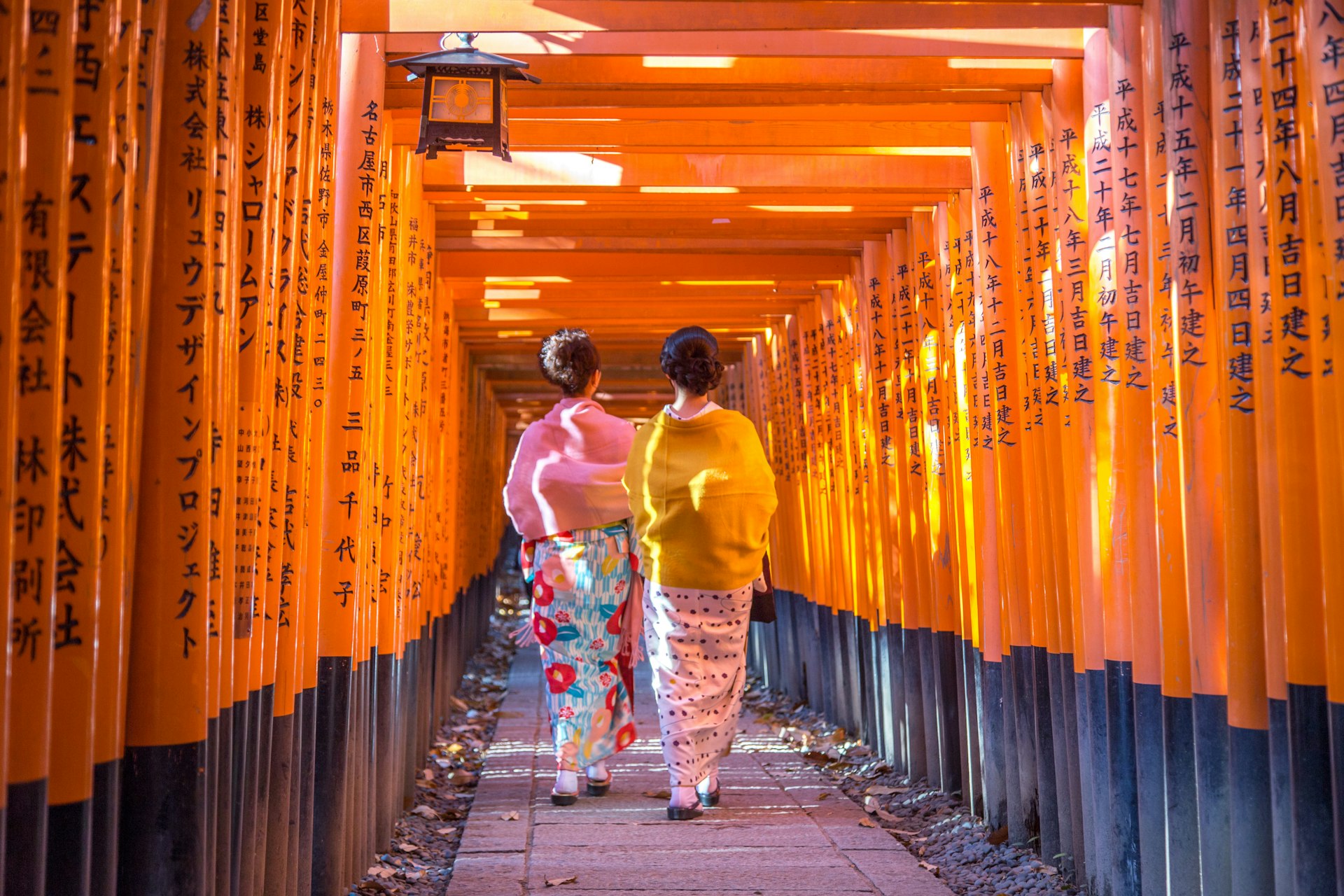
How to get a visa
Residents of 68 countries can enter Japan for up to 90 days for tourism purposes with a free visa upon arrival; this is considered a visa exemption. These countries include the UK, USA, Canada, Mexico, Australia, Singapore, Malaysia and most countries in Europe. For a complete list of visa-exempt countries and visa durations, consult the Japanese Ministry of Foreign Affairs.
On entering Japan, all holders of foreign passports are photographed and fingerprinted. If asked, travelers arriving with a visa upon arrival should be able to provide proof of onward travel or sufficient means to purchase an air or ferry ticket out of Japan. In practice, this is rarely requested. Your passport should also be valid for the proposed duration of your stay.
Travelers not from a visa-exempt country will need to apply for one via their nearest Japanese embassy in their home nation or organize one with an accredited travel agent approved by the Japanese Embassy. The cost of visas is approximately 3,000 yen for a single-entry visa and 6,000 yen for a double- or multiple-entry visa. Fees are collected in the currency of the country in which the embassy is located.
The processing period for visas is five business days from the day after the acceptance of the application. For more information about the requirements of applying for a Japanese visa in specific countries, see the Japanese Ministry of Foreign Affairs website.

What if I need to extend my visa?
Extending a visa is possible from within Japan for citizens of Austria, Germany, Ireland, Lichtenstein, Mexico, Switzerland and the UK; these travelers may be able to extend their temporary visitor visa once, for another 90 days. Visitors wishing to do this will need to apply at a regional immigration bureau in Japan before the initial visa expires. If approved, the extension fee is 4,000 yen.
For other nationalities, extending a temporary visa is difficult unless you have family or business contacts in Japan who can act as a guarantor on your behalf. Options should be discussed at your nearest regional immigration bureau.
Longer, working visas are also available to visitors of Japan, which allow people to study, train or work in the country. These usually grant entry for either three years, one year, six months or three months. These visas must be applied for in advance of travel, via an embassy in your country of origin.
There is also a specific working holiday visa, which allows visitors to engage in small-scale employment while visiting the country for tourism purposes. These are available to people between the ages of 18 to 30 (25 in some cases) from 26 countries including Australia, New Zealand, Canada, Korea, the UK and a number of countries in Europe. The number of hours that can be worked and the type of work permitted are limited under this visa.

